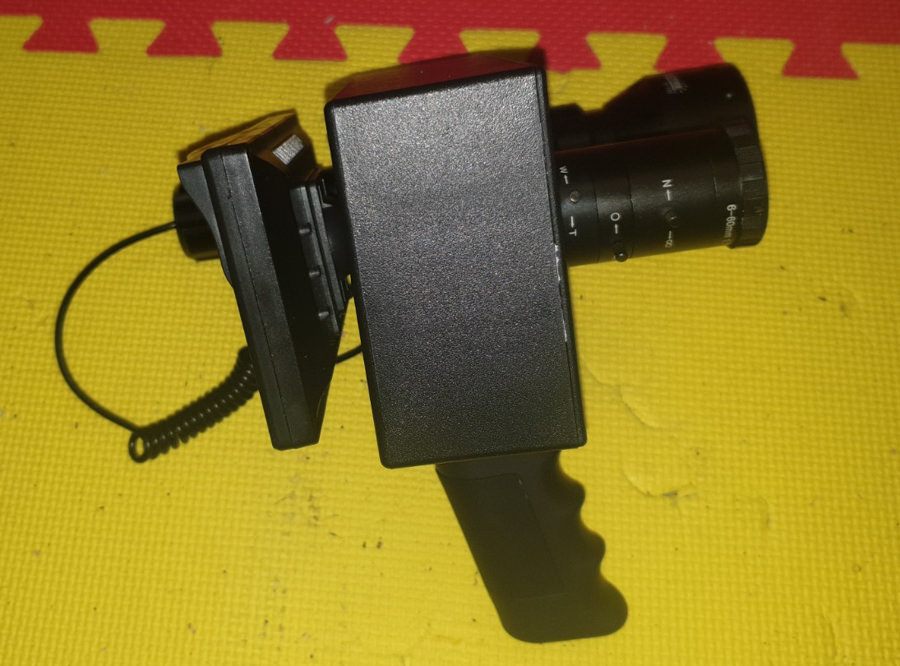I’ve been toying with an idea of building a night vision spotter for a while, however I had a few hurdles along the way and it wasn’t really a pressing matter. I’ve accumulated enough components to build one and finally could design and print a torch mount…
…but first, in memory of my (at least) 21 year old Tandy Electronics soldering iron, that died in the making of this thing. Rest in peace little fella, you served me well for over 2 decades.
Today, new soldering iron arrived and I thought, I’ll finish this off as much as I can. I still need to open it and secure some wires. Hot glue gun is ordered, but in the meantime, there is really nothing stopping me from giving it a crack, other than rattling connectors and wires inside.
Nothing too complex, but definitely fun.
First build/prototype
Photos
Video
You will notice that this particular one has a pressure sensor on IR torch and separate battery pack. That’s intentional. I wanted to see how everything goes before I make this about half the size with everything integrated into single box. For now, this is pretty sweet.
Total cost: under $120*
Caveat, didn’t really set out to build it on the cheap, rather build proof of concept. However it is still hundreds of dollars cheaper than what’s available. In this case, I am using a much better lens too, so it is a better build and the most powerful IR torch I could find for it (I have a different plan for it, this is a trial). I also didn’t factor in reasonably pricy 12V battery pack (I have a couple), I use them with other projects/for everything, so not really applicable.
Next version of the build will have weaker IR torch (aligned with lens capability), however 2 instead of one, in fact I will just need heads, not bodies; and integrated 18650 batteries. This will get the entire project to sub $70.
Q&A
Q: JS, you are so awesome, is it hard being so awesome?
A: yes, it’s a daily struggle.
Q: Why is torch mount in grey and not black?
A: Because you don’t question greatness! That’s why. Also, I am lazy and couldn’t be bothered walking to garage to change printer filament.








 that moment when you realise you’re the dumbest person in the room…
that moment when you realise you’re the dumbest person in the room…









